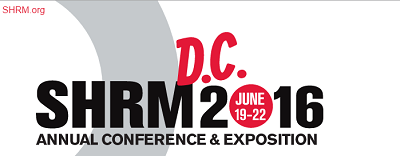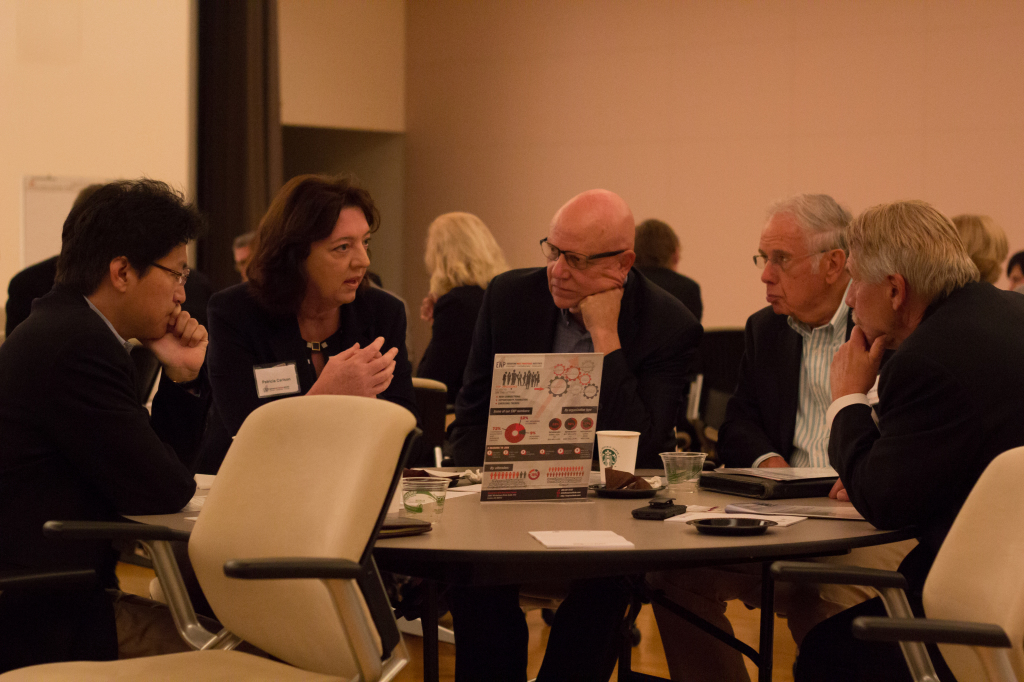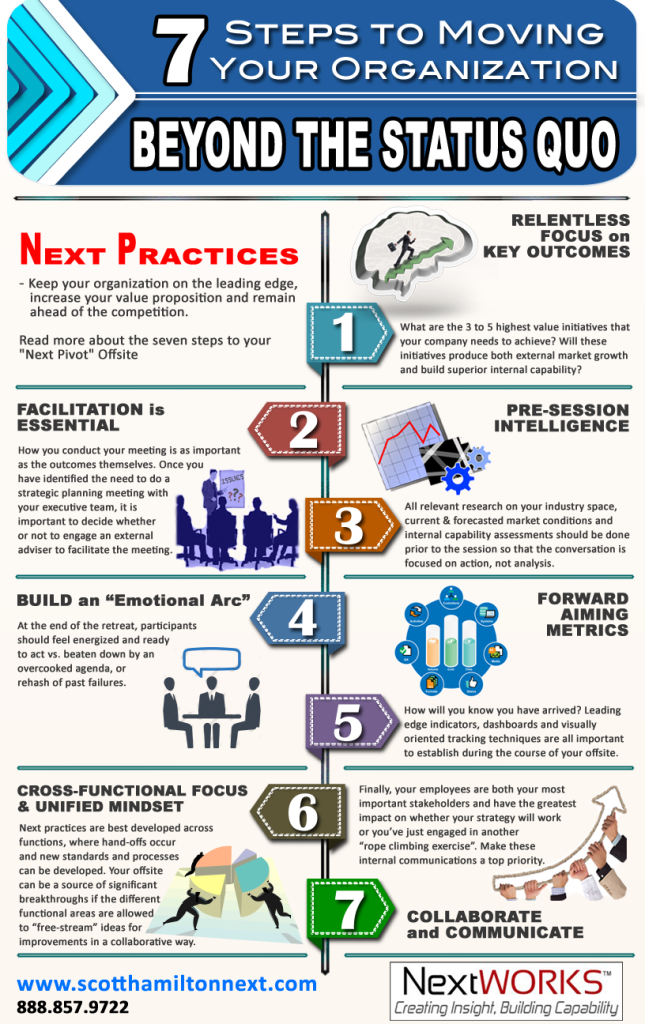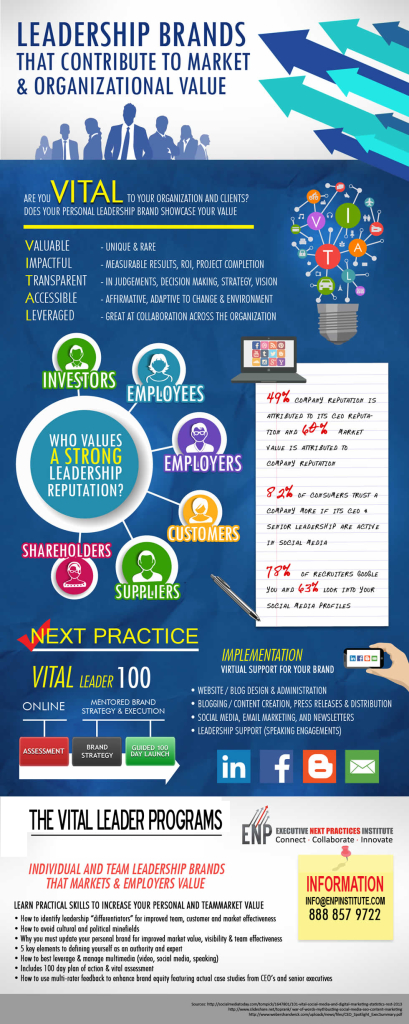
In January I participated in the first DisruptHR Orange County event. If you aren’t familiar with DisruptHR, it is a Ted-esque style event with speakers in the HR/Recruiting world speaking for five minutes with 20 slides that automatically advance every 15 seconds. For even the most seasoned of speakers it’s a bit nerve-racking. After much shuffling of speakers, I was asked to close out the night. Several other speakers asked if it bothered me to go last.
It didn’t.
By the last speaker the kinks have been worked out, I have had 10 other people to watch and learn from and at an event where alcohol flows, the last speaker could mess up immensely and lowered inhibitions likely make the audience a bit more forgiving.
I was happy to go last. What I wouldn’t want to do was go first.
This event is where I first met Scott Hamilton. The guy who did go first.
And then he passed out underwear.
Seriously, if you haven’t attended one of these events, you need to.
But back to Scott. When the SHRM social team asked us bloggers to interview a speaker before the annual conference I reviewed the list and was happy to see Scott listed. Scott is now helping me plan DisruptHR Los Angeles and I thought this interview would be a great opportunity to get to know him and his work a bit better. Scott is leading a Mega Session titled: HR 2020 Transformation: Next Practices in HR Strategy, Leadership, and Business Contribution
Here’s what he had to say.
Tell me a bit about yourself and your business: I am CEO of the Executive Next Practices Institute, a research and forum organization for C-suite leaders that focuses on emerging trends and the development of “next practice” solutions. I am also managing director of Nextworks Strategy- a top advisory firm that helps organizations improve their strategy, leadership performance, customer centricity and alignment. Our programs build the internal capability of companies to execute and thrive.
Your session description talks about “eliminating the legacy and silo-ed organization thinking”. Why do you think that is important for HR practitioners? Organization silos are alive and well. So is a “legacy mindset” that translates to “this is how we have always done it here”. Both contribute to poor communications, mis-alignment and lower performance. We work with organizations to restructure and align them for maximum performance.
Sidebar: while many of us bloggers roll our eyes a bit at buzzwords like silos, Scott’s right. They do exist and hinder communication.
What is a “next practices” outcome? Too often leaders “benchmark” against others. A best practices approach simply leads you to being on the same level of potential mediocrity as your competitor. Next Practices is about finding your optimal way of doing things- new processes, practices and behaviors that will dramatically change your business for the better and create true differentiation. We have hundreds of examples of businesses using these techniques to drive productivity and efficiency results for extraordinary ROI.
Read that second line again: “A best practices approach simply leads you to being on the same level of potential mediocrity as your competitor.” Brilliant
Why do you think HR Practitioners struggle with this? HR is keenly aware of organization dysfunction- they see it and deal with it everyday. The challenge is to get traction across the leadership suite to do something about it. This is why we often start with a strategic offsite to align the entire leadership team to all the issues and identify a way forward.
This is your second year doing this topic and this year you have a Mega session slot. Why do you think this topic is resonating so well with conference attendees? This is actually our third presentation and the demand for this topic has been very high given all the disruption in business and government entities. Businesses are being “uberized” seemingly overnight, driving the need for adaptability, speed and continuous innovation across the entire organizations. The next practices approach is a proactive way of driving change and create buy-in at all levels of the organization.
What else should attendees know about your topic? Attendees should expect to gain both strategic and tactical methods and specific examples to help their organization “move beyond the status quo”. We will cover all aspects of “next” organizations- talent, leadership, financial, community and engagement. They will uncover practical steps they can immediately take to engage their leadership team and contribute real business value via these techniques.
I’m excited about Scott’s session. Scott was gracious enough to extend an invitation to me a few weeks ago to one the ENP Institute’s monthly events. I wrote about my experience on LinkedIn and look forward to attending again in the future.
If you are planning your schedule for SHRM16, think about adding Scott’s session to your schedule. I will be there and would love to meet you.
See you in a few weeks.

 1. A Relentless Focus on your “Mountaintop”
1. A Relentless Focus on your “Mountaintop” All relevant research on your industry space, current & forecasted market conditions and internal capability assessments should be done prior to your strategy session so that the actual meeting is focused on action, not analysis.
All relevant research on your industry space, current & forecasted market conditions and internal capability assessments should be done prior to your strategy session so that the actual meeting is focused on action, not analysis. Strategic planning sessions and executive retreats can be an extraordinary venues for collaboration among the members of your executive team in your pursuit to achieve a purpose. Hence, limit the number of formal, elaborate PPT presentations during the retreat to allow more time for your participants to share their insights and exchange ideas with each other.
Strategic planning sessions and executive retreats can be an extraordinary venues for collaboration among the members of your executive team in your pursuit to achieve a purpose. Hence, limit the number of formal, elaborate PPT presentations during the retreat to allow more time for your participants to share their insights and exchange ideas with each other. “Next practices” are best developed across functions, where hand-offs occur and new standards and processes can be developed. No company can progress if they remain in silo-ed thinking. Your offsite can be a source of significant breakthroughs if the different functional areas are allowed to “free-stream” ideas for improvements in a collaborative way.
“Next practices” are best developed across functions, where hand-offs occur and new standards and processes can be developed. No company can progress if they remain in silo-ed thinking. Your offsite can be a source of significant breakthroughs if the different functional areas are allowed to “free-stream” ideas for improvements in a collaborative way. Changes and new strategic directions developed during the strategic offsite often give birth to several potential risks. You and your executives must be on the same page on how you will manage all the risks that comes with the changes.
Changes and new strategic directions developed during the strategic offsite often give birth to several potential risks. You and your executives must be on the same page on how you will manage all the risks that comes with the changes.


 “Next practices” are best developed across functions, where hand-offs occur and new standards and processes can be developed. No company can progress if they remain in siloed thinking. Your offsite can be a source of significant breakthroughs if the different functional areas are allowed to “free-stream” ideas for improvements in a collaborative way.
“Next practices” are best developed across functions, where hand-offs occur and new standards and processes can be developed. No company can progress if they remain in siloed thinking. Your offsite can be a source of significant breakthroughs if the different functional areas are allowed to “free-stream” ideas for improvements in a collaborative way.
